
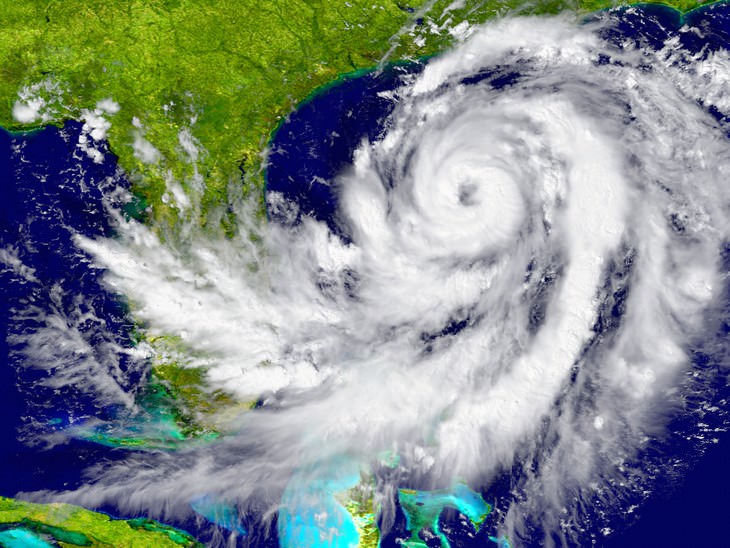
Before the use of names was adopted, storms were categorized by latitude and longitude numbers. This system was easy for meteorologists to follow but widely seen as confusing by the general public. The use of private names allowed important information to be shared more effectively and made the storms easily identifiable for everyone.
By the 1960s some feminist organizations started to take issue with the gendered naming method. In 1978, men’s names joined the storm list, alternating with the female names. So a storm name with an A, like Anne, would be the first in any given year, followed by B for Bernard, for example. “It made sense to broaden the pool of names and make them focus less on hurricanes as female entities only,” Jim Elsner, a professor of geography at Florida State University told Time Magazine. “I would imagine that it was viewed as somewhat sexist.” The first storm with a male name was hurricane Bob, which hit the Gulf Coast of the United States in 1979.
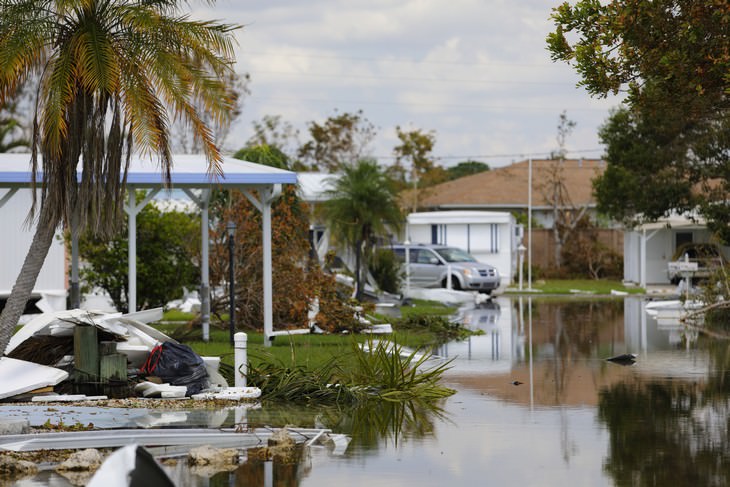
The World Meteorological Organization comes up with a list of names way before the storms hit. For the North Atlantic ocean, the WMO keeps six lists of 21 (one for every letter except Q, U, X, Y, and Z) male and female names that are used in rotation and recycled every six years. Laura is a little over halfway down the list of hurricane names to be used in 2020. Some of the next North Atlantic storm names you can expect are Nana, Omar, Paulette, Rene, Sally, Teddy, Vicky, and Wilfred. The 2020 list will be used again in 2026.
The West coast gets its hurricane names from six different lists, which include every letter except Q and U. Some of the names for Eastern North Pacific hurricanes this year are Norbert, Odalys, Polo, and Rachel. If there happen to be more than 21 storms in one season, the Greek alphabet is resorted to for additional names.
Related: A Complete Guide to Hurricanes & Hurricane Season
Why are hurricane names retired?
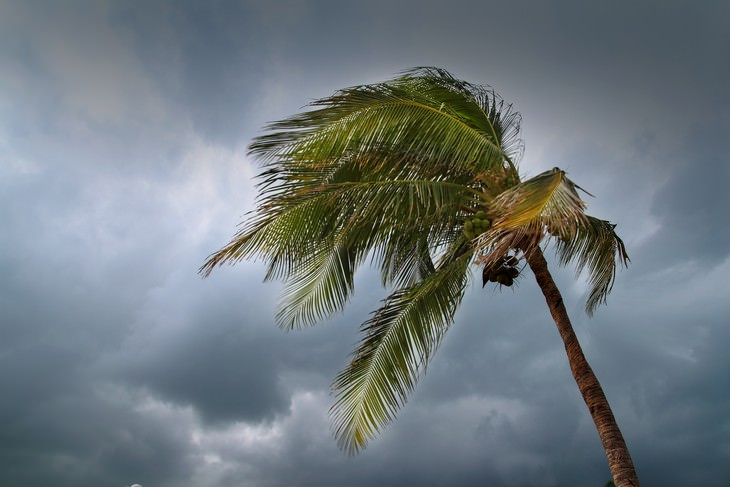
Now that the lists are established, it isn’t easy to change the names on them. Only when a hurricane is exceptionally catastrophic, is name is retired, according to the National Hurricane Center. For that reason, you’re not likely to see another hurricane Katrina (2005), Irma (2017), or Florence (2018). If a name is removed, the WMO replaces it with a new name. For example, the list of 2011 hurricane names featured Katia as a replacement for Katrina.
If you live in a storm-prone area be sure to be prepared and stay safe!
Share this information with those who might find it useful!
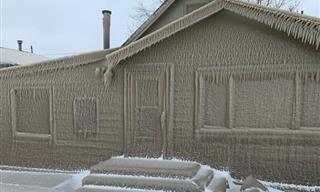
Eerie Winter in Lake Erie, New York
Homes on Lake Erie, in New York, can sometimes get completely covered in ice. This is what it looks like...
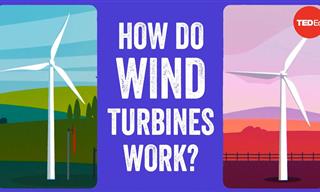 5:03
5:03
Is It Possible to Power the Whole World with Just WIND?
IS it possible to create a world powered entirely by the wind? In this fascinating video, you will take a deep dive into the science of wind turbine technology...
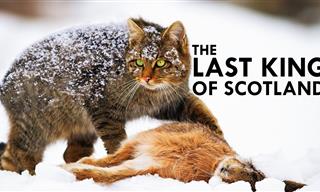 8:51
8:51
Scottish Highlands Wildcats Are SUCH Fascinating Animals!
The Scottish wildcat is the rarest cat in the world and a symbol of the Scottish Highlands. Learn all about these ferocious hunters in this video.
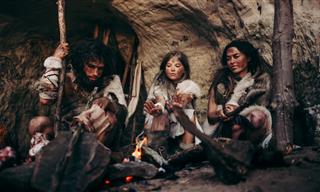
7 Facts About Ancient Humans That May Surprise You
Our ancient forefathers displayed many moments of courage and even ingenuity. Here are 7 fascinating and surprising facts about prehistoric humans.
 12:42
12:42
5G: How It Works and Why It Isn’t All That Scary
The term "5G" is everywhere. This video explains what 5G really is, how it actually works, and why it’s safe.
 4:10
4:10
The Real Reasons For the Extinction of Dodo Birds
Were dodo birds really hunted to extinction? this video, which offers some fresh insights into the reason for the species’ demise.

Ever Hear of the 54321 Shopping Method to Buying Groceries?
Grocery shopping has become increasingly stressful as prices continue to climb. Many shoppers find themselves struggling to balance their budgets while still putting nutritious food on the table. But a straightforward shopping strategy is helping peo

Love Mythology? You'll Love These Informative Animations!
These informative TED-Ed videos delve into some of the world’s most popular myths and attempt to explain them in all their glory!

The World Never Ceases to Amaze Us with Its Unusual Sights
This photo collection will take you on a tour through some of the most unbelievable sights around the world - something we all could enjoy these days!
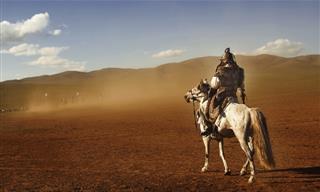
The Mongol Empire: Rise, Expansion, and Legacy
What follows is a narrative overview of the Mongol Empire – from its tribal origins and unification under Genghis Khan, to its gradual decline and lasting impact on world history.

These Museum Items Give Us a Glimpse of a Fascinating Past
In these pictures, you will get to see some fascinating ancient artifacts that are well-preserved in museums.
 53:21
53:21
The Wars of the Roses: England's Bloody Civil War
This epic civil war is one of the main influences for Game of Thrones and other epic stories. Learn all about it now.

10 of the Most Spectacular Royal Crowns in the World
Crowns have long been seen as a strong symbol of power and wealth. Here are some of the world's most recognized crowns and tiaras.

These Beauty Practices of the Past Look Strange Today…
17 fascinating photos of beauty procedures, treatments, and practices from the first half of the 20th century that look strange and curious today
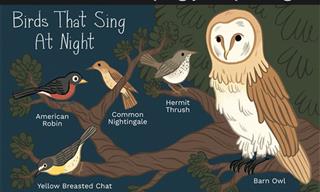
12 Practical Infographics You’ll Want to Save For Later
You’ll surely enjoy this collection of charts. It’s a treasure trove of knowledge about our health, nature, and human society.

12 Beautiful Facts About the Charming Act of Kissing
Such interesting facts about the act of kissing...

10 of the Weirdest Things Discovered at Airport Security
Here is a collection of ten of the weirdest things that airport security officers have found when on the job.
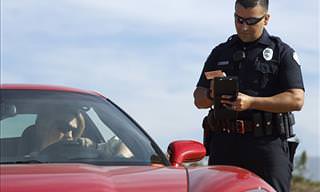
These Regulations Should be Adopted by Every Country!
There are weird laws in different parts of the world, but some of them are so amazingly beneficial, they should be put into use everywhere.

12 Crash Course Videos That Will Expand Your Horizons
Quarantine is an opportunity to learn something new! Check out this well-made series of videos that cover almost any topic you can think of!
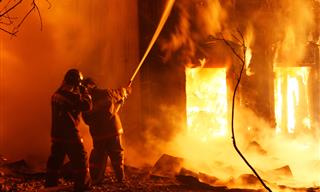
How to Lend a Hand During Los Angeles Wildfire Crisis
Thousands of California residents have been forced to flee their homes because of the devastating LA wildfires. Here’s how to help victims.
 20:00
20:00
Megiddo: The Story of the Oldest Battle in History
Join us as we explore the dramatic events and enduring legacy of this pivotal conflict that shaped the course of human civilization.

18 Redundant Phrases That We All Keep Using Unknowingly
Here are 18 redundant phrases you might be using without realizing it.
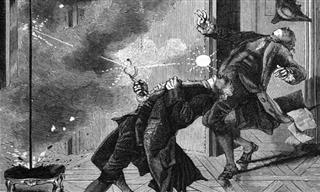
When Inventors Met a Tragic End from Their Own Creations
While many inventors reaped the rewards of their work, a few unfortunate others paid the ultimate price.
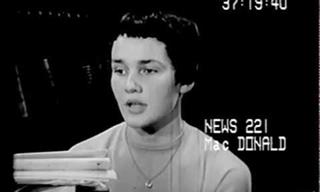 9:37
9:37
What Did the Future Mean to 1958 High Schoolers?
Peep into a high school debate from 1958 about the teenager's future. Are their arguments still relevant today?

These 15 Interesting Facts Really Surprised Me!
Our world is full of surprises, amazing stories, funny coincidences and events you've never heard of - so we've collected 16 of them to share with you ...
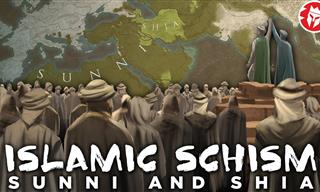 19:01
19:01
How Islam Separated Into Sunni and Shia: The Full Story
What happened, and why did it cause Islam to split into two factions?

10 Surprising Facts About the Food in Your Kitchen
Did you know that ordinary foods like carrots, jelly beans, sandwiches, and broccoli have a fascinating story to tell?

This Fascinating Tree Shows How Languages Are Connected
Most of the languages that we speak today can be placed into a couple of groups by their origin. Find out more here.

8 Hilarious Malapropisms by Famous Figures
Everyone, from politicians to celebrities, had a language slip-up at least once...

14 Obsolete English Terms We Wish Were Brought Back!
Over the centuries, so many eloquent and useful English words fell out of use. We wish these 14 clever (but sadly obsolete) terms were used more often.

15 Movie Facts That Will Make You Want to Watch Again...
hese facts can change the way you look at iconic moments, reveal unexpected connections, or show just how inventive filmmakers had to be.

A Glimpse Through Time: 17 Photos That Bring History Alive
Here are some of the most interesting photos from history.
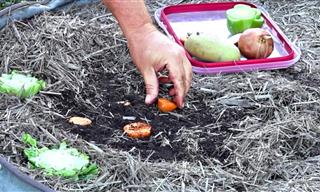 15:33
15:33
Does Regrowing Vegetables From Scraps Actually Work?
You're likely aware that you can regrow certain vegetables using scraps. But the real question is, does this method work for every type of vegetable?
 7:04
7:04
48 Names For Things You Never Knew Had Any
Watch this fascinating video that will reveal to you some words you'll never hear spoken and yet describe things you see every day!

Eccentric Rulers: 6 Bizarre Monarchs Throughout History
These eccentric monarchs throughout history have quite a story to tell...
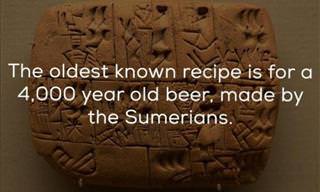
Bottoms Up! 12 Surprising Facts About Beer!
Twelve fascinating facts about the ancient alcoholic drink known simply as - beer.
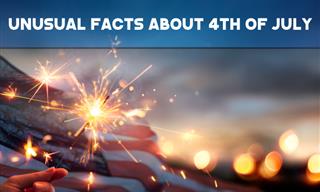
9 Unusual Facts You Probably Didn't Know About July 4
There’s still so much you don’t know about America’s Independence Day.

Valentine's Day: Get Lovely Backgrounds for Mobile and PC
we’ve prepared a diverse collection to suit every taste and turn your screen into a beautifully designed little love keepsake. Wishing you a happy Valentine's Day!

Do You Know What All These Acronyms Stand For?
There are many famous acronyms around, but do you know what they stand for? Here are 21 acronyms you've always wondered about.

These So-Called Facts Have Been Officially Disproved!
These beliefs we were taught as concrete facts were disproved and are no longer true!
 10:06
10:06
This Fascinating Video Explores the Origins of Mankind
This video will explain exactly what our prehistoric ancestors used to get up to. Fascinating!
 11:54
11:54
The Fascinating Story of How Brazil Became a Country
In this video, we’ll explore the key events, influential figures, and socio-political dynamics that shaped Brazil into the vibrant nation we know today.

If You Knew These English Facts You Must Be a Genius
Yeah, you are fluent in the English language, but do you really know that much about it? We bet we can surprise you with these language facts.
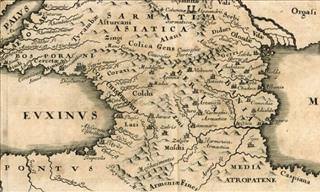
6 Ancient Kingdoms You Were Never Taught About
You've probably never heard about these fascinating ancient kingdoms.
 3:30
3:30
Andre Rieu's Haunting Performance: The Godfather Theme
Andre Rieu's haunting rendition of the Godfather theme will leave you speechless.
 5:38
5:38
The Bizarre History of the World's Most Stolen Painting
This painting is like a magnet for misdeeds, and was stolen again and again.
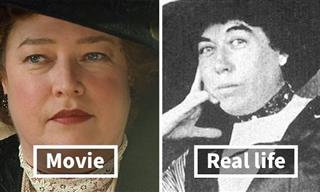
History vs. Hollywood: The Real Voyagers of the Titanic
A great many of the characters in the 1997 hit movie Titanic were based on real people. These are the stories and faces of the real voyagers of the Titanic.

It’s a Shame We Stopped Using These 17 Old English Words
These 17 old words are definitely missing in our modern vocabularies and deserve to be brought back into day-to-day speech
To enable your Ad-Free Subscription, please fill the fields below
Your subscription was successful, now you can enjoy an ad-free experience!! Note: To make sure you get no ads, please make sure to log in to your account. If you are logged in already, then refresh the page. The subscription can be cancelled at any time.


